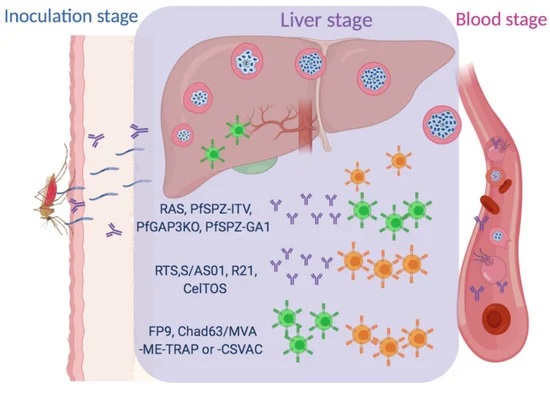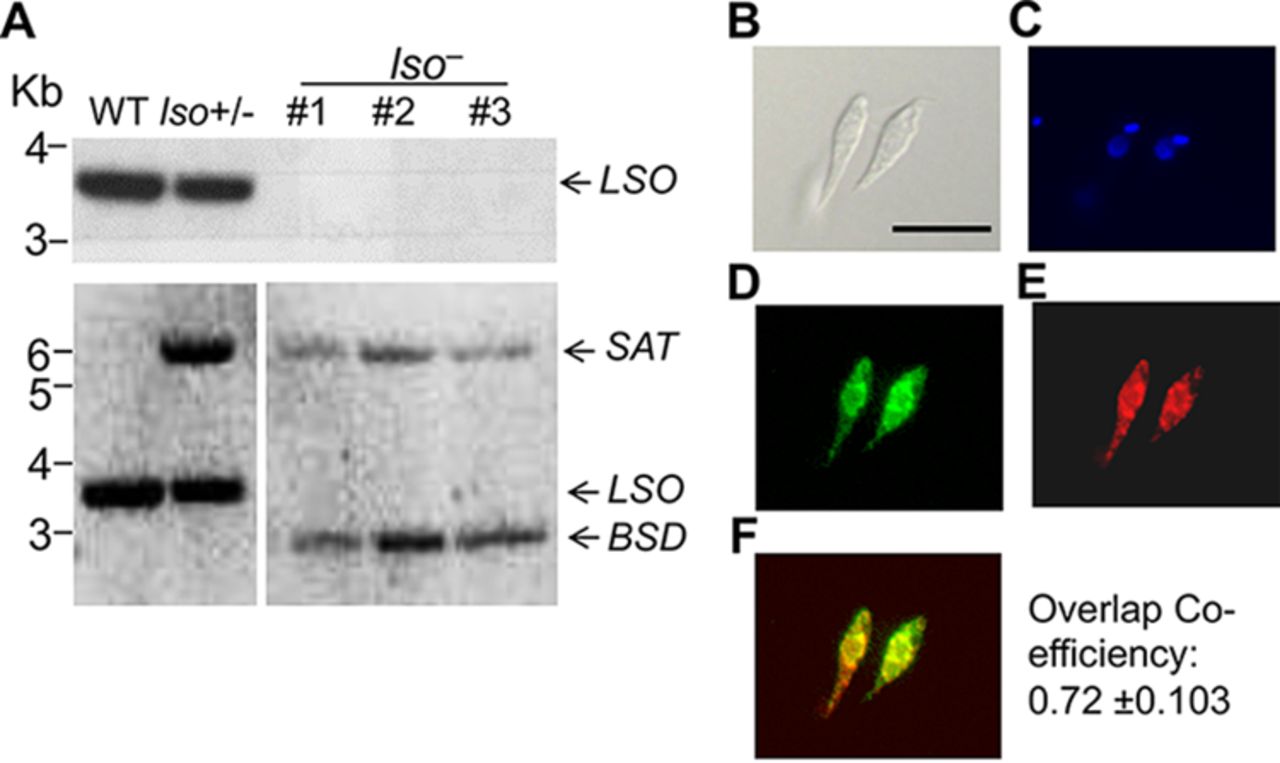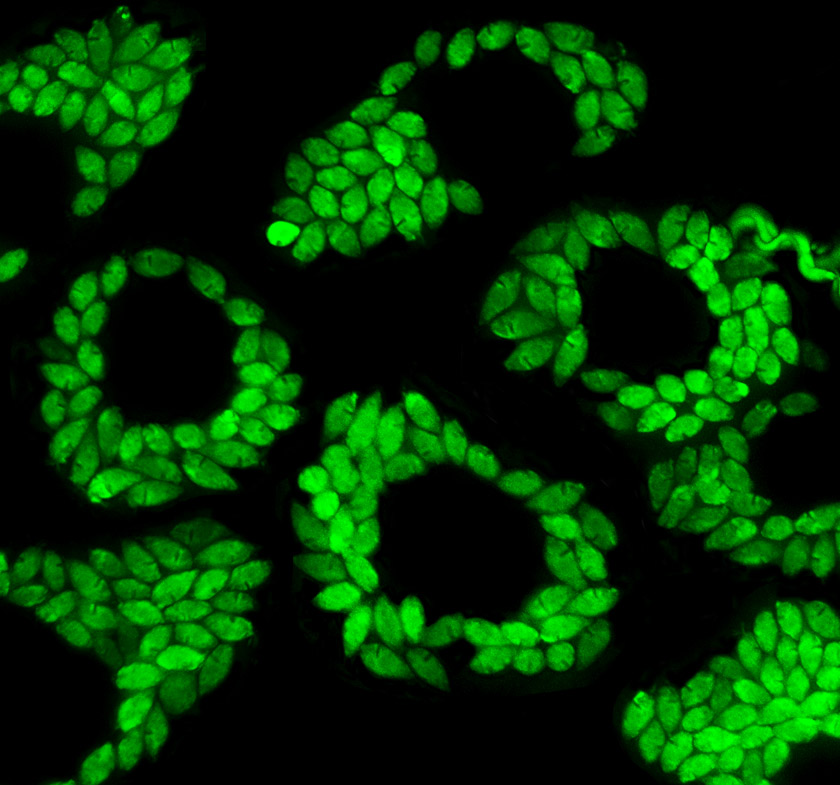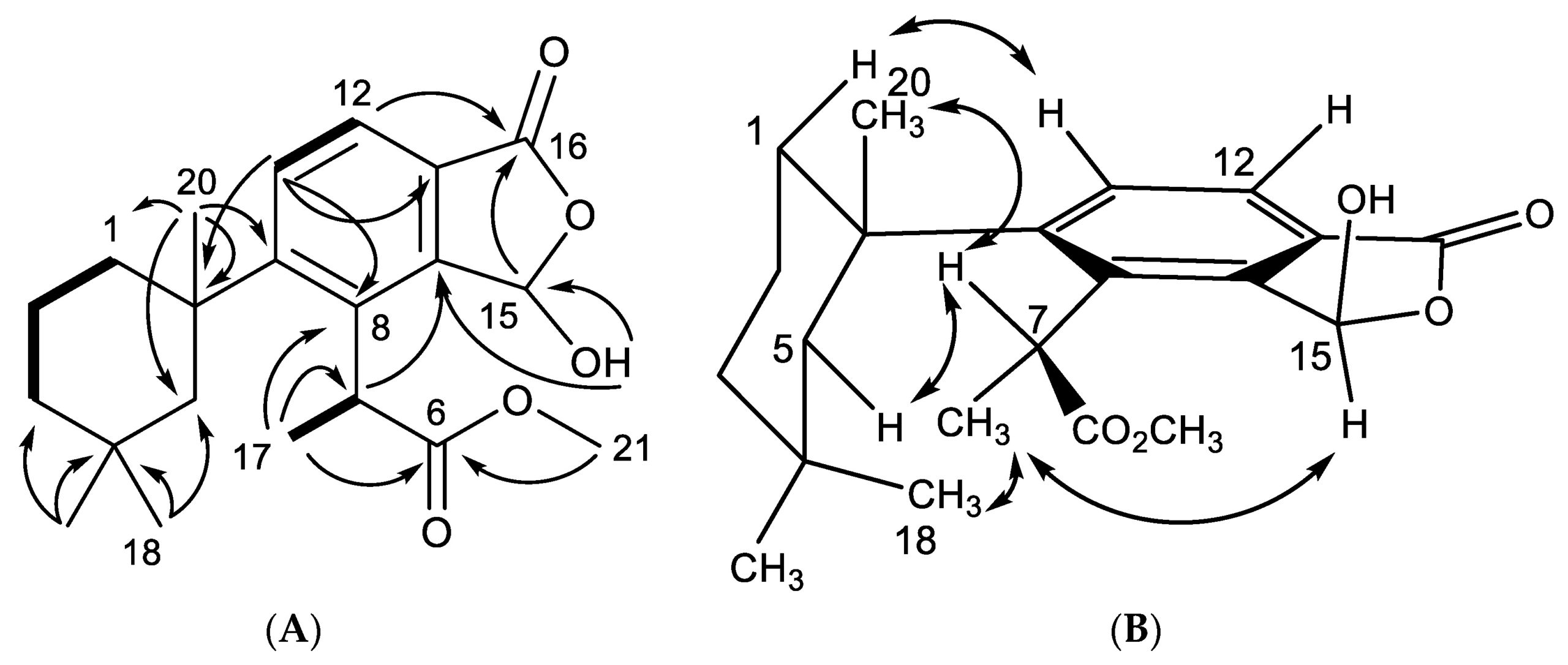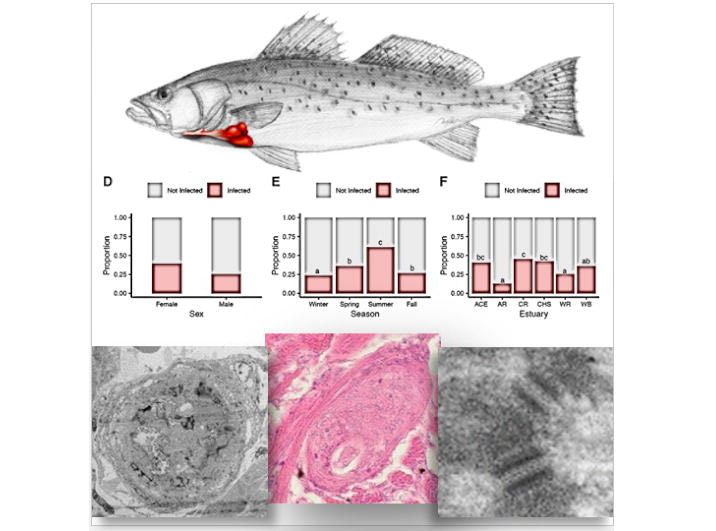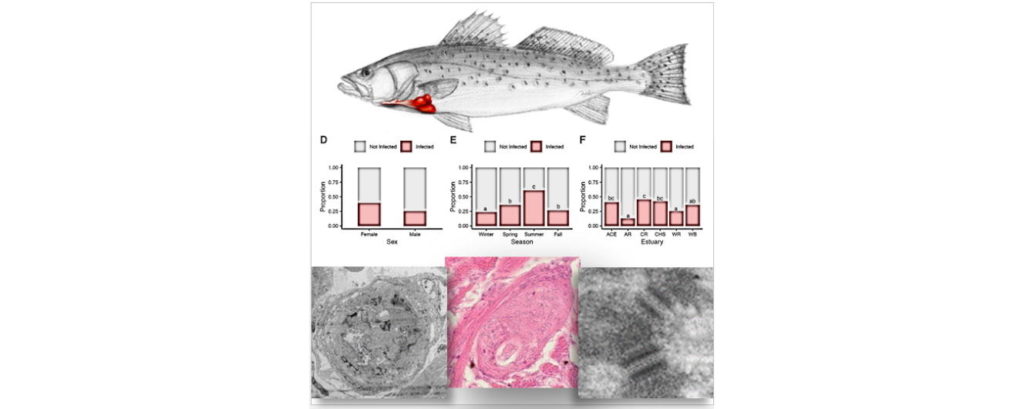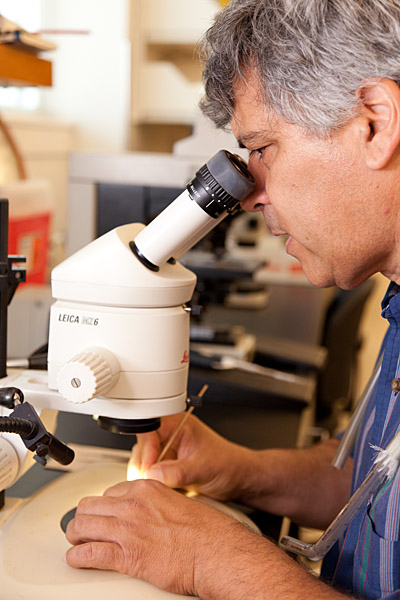Age influences the thermal suitability of Plasmodium falciparum transmission in the Asian malaria vector Anopheles stephensi
Models predicting disease transmission are vital tools for long-term planning of malaria reduction efforts, particularly for mitigating impacts of climate change. We compared temperature-dependent malaria transmission models when mosquito life-history traits were estimated from a truncated portion of the lifespan (a common practice) versus traits measured across the full lifespan. We conducted an experiment on adult female Anopheles stephensi, the Asian urban malaria mosquito, to generate daily per capita values for mortality, egg production and biting rate at six constant temperatures. Both temperature and age significantly affected trait values. Further, we found quantitative and qualitative differences between temperature–trait relationships estimated from truncated data versus observed lifetime values. Incorporating these temperature–trait relationships into an expression governing the thermal suitability of transmission, relative R0(T), resulted in minor differences in the breadth of suitable temperatures for Plasmodium falciparum transmission between the two models constructed from only An. stephensi trait data. However, we found a substantial increase in thermal niche breadth compared with a previously published model consisting of trait data from multiple Anopheles mosquito species. Overall, this work highlights the importance of considering how mosquito trait values vary with mosquito age and mosquito species when generating temperature-based suitability predictions of transmission.
K. L. Miazgowicz, M. S. Shocket, S. J. Ryan, O. C. Villena, R. J. Hall, J. Owen, T. Adanlawo, K. Balaji, L. R. Johnson, E. A. Mordecai and C. C. Murdock. Proc Biol Sci. 2020 Jul 29;287(1931):20201093. doi: 10.1098/rspb.2020.1093.


